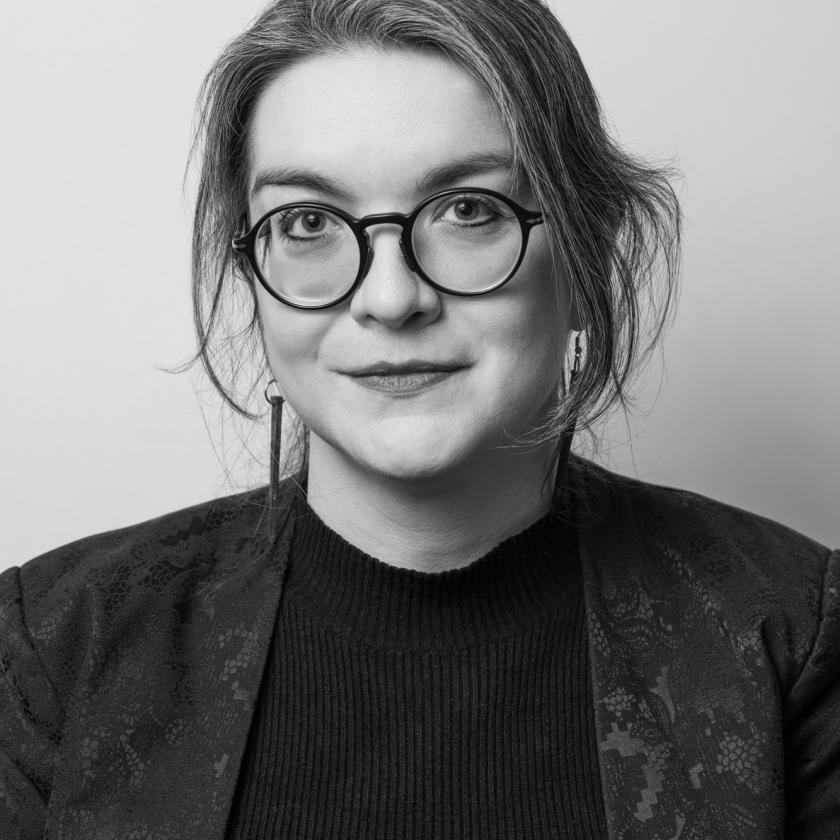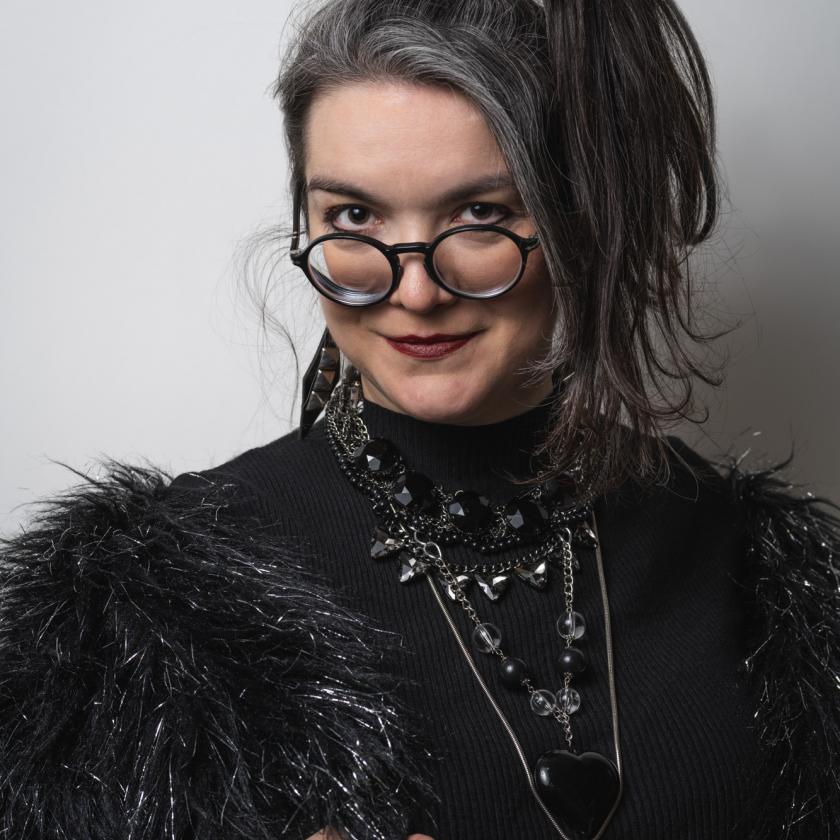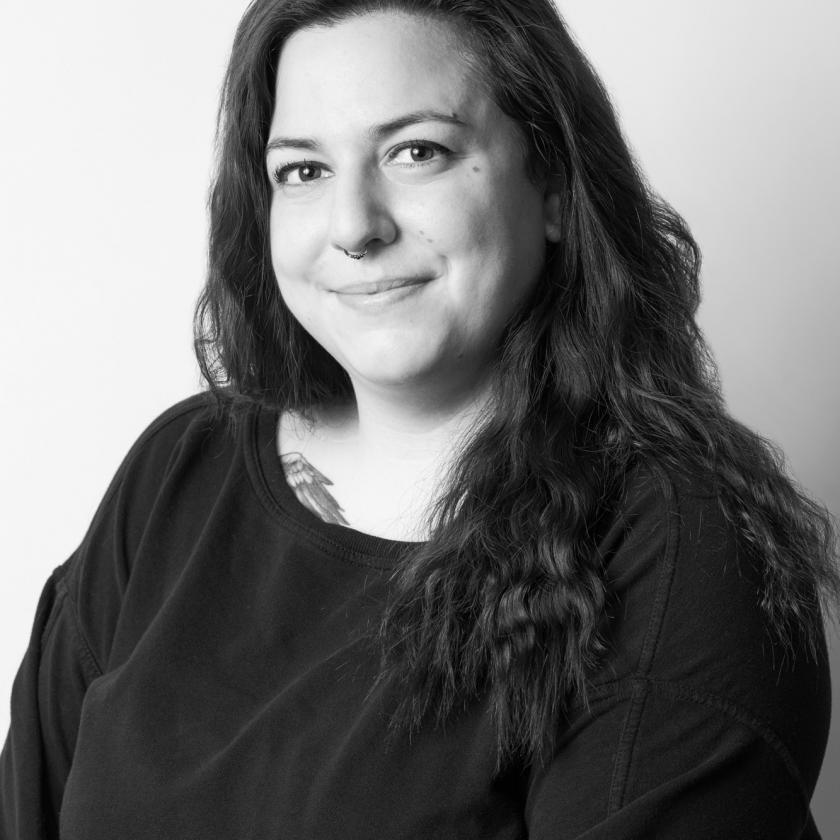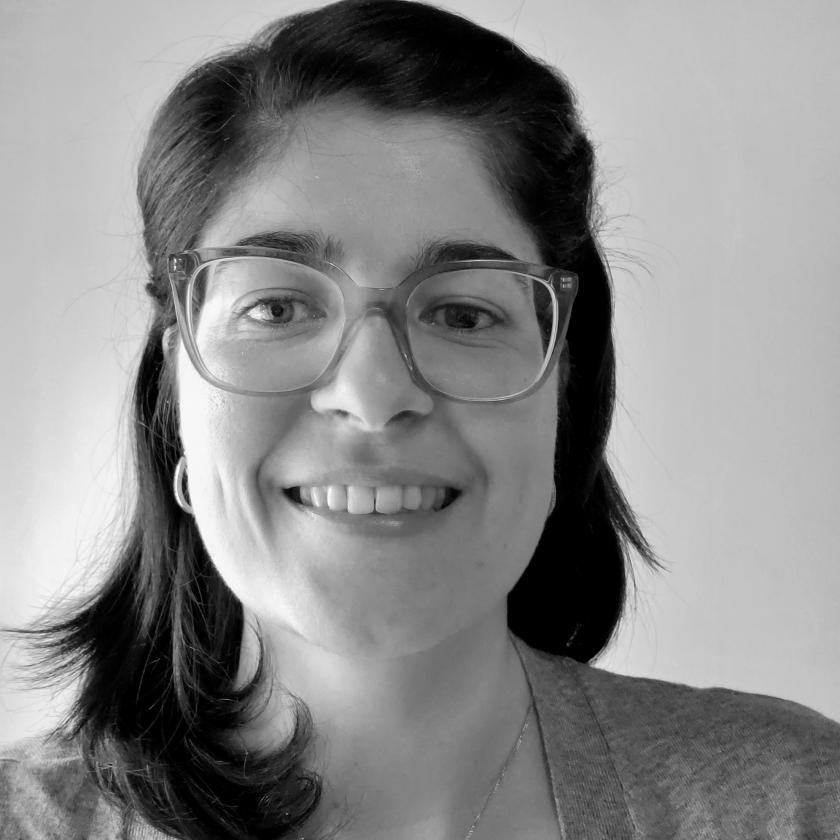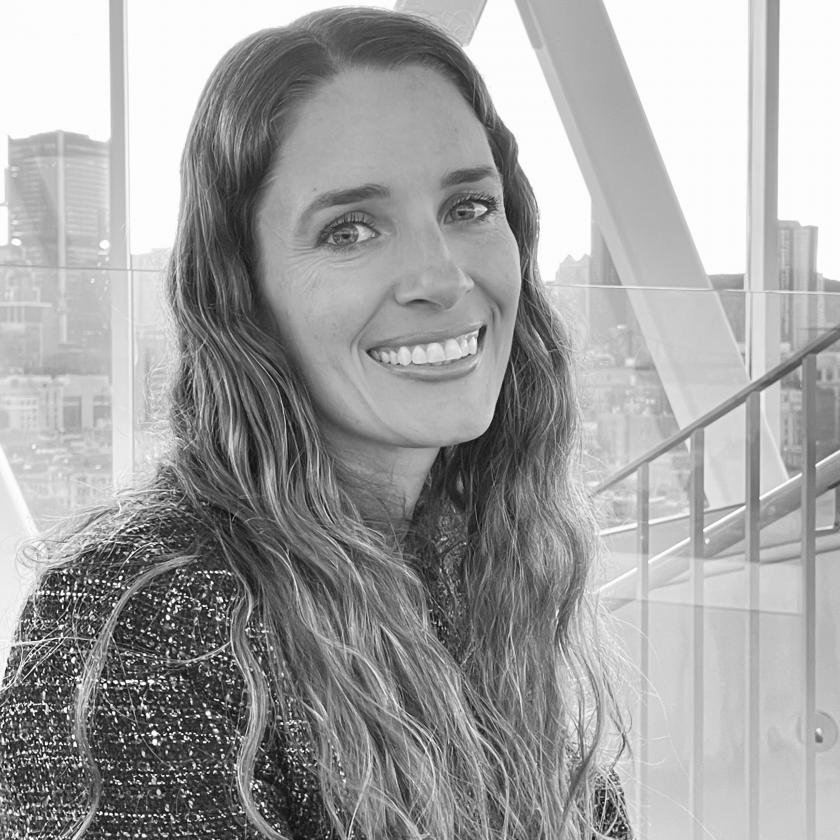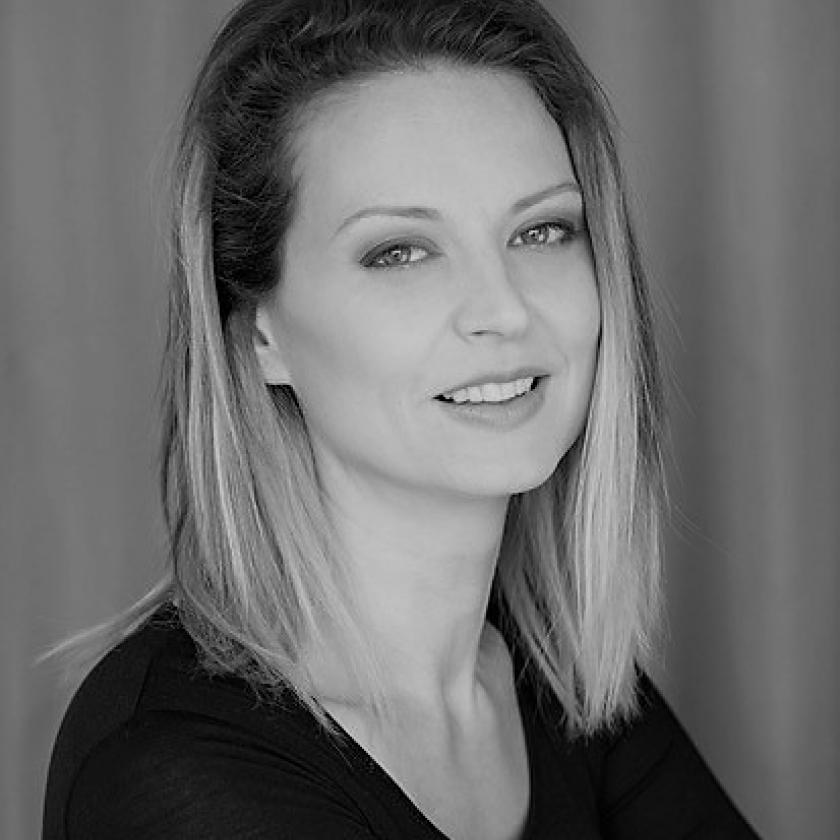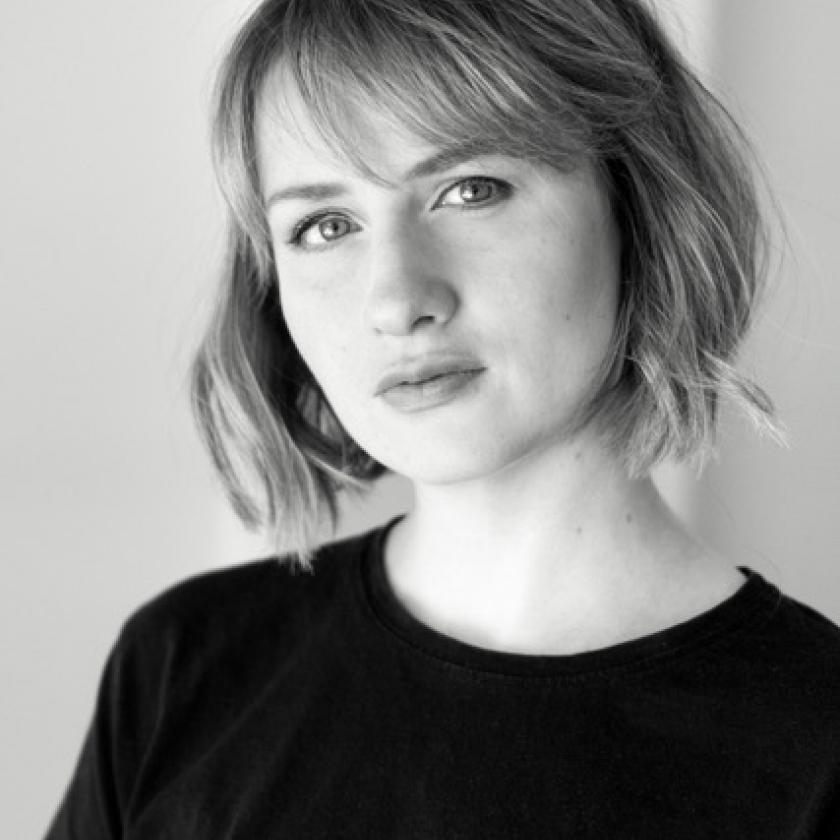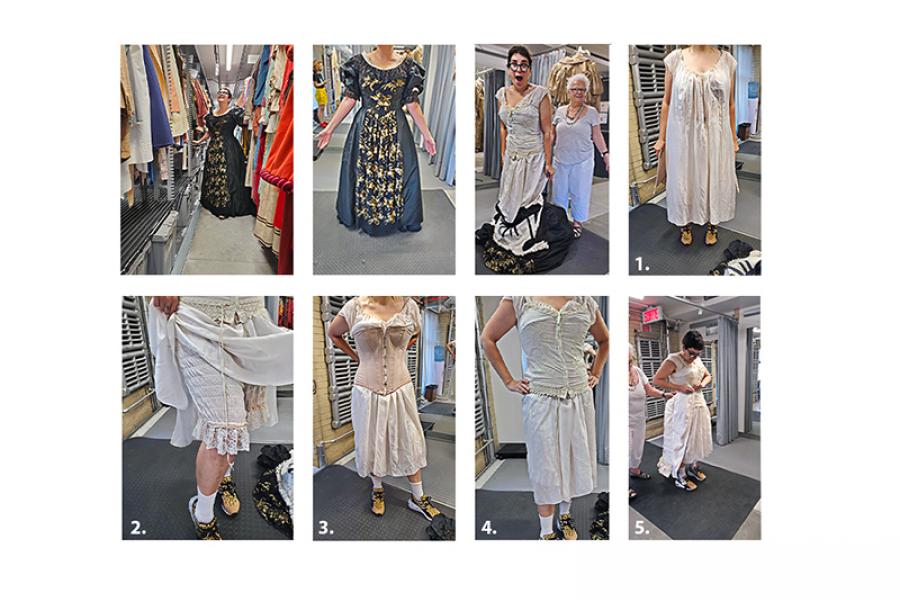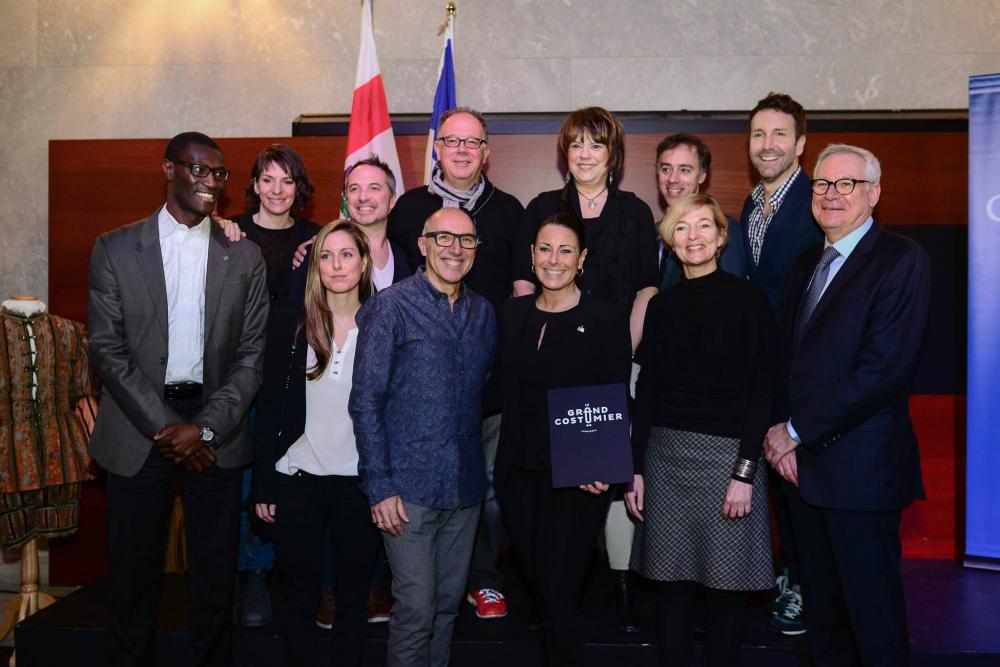
About
Mission
Le Grand Costumier is a non-profit organization and social enterprise whose mission is to preserve the integrity of the costume collection it received from Radio-Canada, and to expand it and manage it for the creative community across Canada. Its intent is to spread word of the priceless cultural heritage the collection represents and promote the costume professions by building bridges between up-and-coming and established creators.
Vision
Le Grand Costumier is part of our collective history. For over 60 years, Radio-Canada’s costume department dressed the beloved characters that sparked our imaginations and left their mark on generations. When the department closed its doors, Le Grand Costumier was able to save the collection in its entirety, taking on the duty to enhance and promote the wealth it represents.
Holding the building blocks of the creative arts, Le Grand Costumier was created primarily to serve artists. Its intent is to provide a high-quality, diverse collection and to always improve its offer. It vows to adapt to industry needs, weave close ties with costume designers and act as a meeting place accessible to as many people as possible.
Shining jewel of the cultural sector, Le Grand Costumier represents Quebec’s homegrown creativity. It gives Montréal a considerable competitive advantage for attracting foreign location shoots and enables the city to position itself as a cultural metropolis. As such, this showpiece of our collective legacy must grow boldly, confident in its ability to appeal to a wide market
Values
Heritage preservation :
Preserve the integrity and entirety of the collection donated by Radio-Canada by valuing the priceless cultural heritage it represents.
Accessibility :
Serve the creative community first and foremost, adapt to its needs and act as a meeting place accessible to as many people as possible.
Coherence :
Always act in accordance with the principles of social economy while making sure the organization remains financially viable.
Creativity :
Value innovation, encourage new ideas and foster audacity.
History
An invaluable support for creation
Radio-Canada’s costume department developed over the years thanks to the broadcaster’s productions. From the 1950s onward, the designers and tailors who dressed the characters of serial dramas, children’s shows, televised plays and more added to the collection, making it one of the largest of its kind in North America today. From the 1960s to the 1990s, Radio-Canada’s costume workshops were operating at full capacity, sometimes with up to 40 full-time employees.
Around 1995, when Radio-Canada was already creating significantly fewer in-house productions, employee Jean-Marc Diorio convinced management to open the costume department to outside clients. He received the President’s Award that year for his initiative. Media and performing art producers were quick to use this creative resource. Costumers were pleased to find everything they needed under one roof and also appreciated the collection’s quality.
In October 2014, an announcement that Radio-Canada’s costume department would be closing sent shockwaves through the cultural community. With the public corporation intending to part ways with this invaluable support for creation, the general public became aware of the wealth that it contained. Despite the clamouring of countless voices requesting that the costume department be kept open, its doors were shut on December 5, 2014, with the contents slated to be sold in the winter of 2015
A new life for the collection
In an effort to uphold the cultural industry, the Centre-Sud/Plateau-Mont-Royal CDEC (community economic development corporation) and Culture Montréal came together to gauge the cultural community’s interest in finding another solution. The response was a resounding vote of encouragement.
Radio-Canada was favorable to the partners’ proposal, putting them into contact with a group of independent producers who had also expressed an interest in saving the costumes. Comprised of KOTV, Salvail & Co and Groupe Fair-Play, the consortium agreed to join forces with the CDEC and Culture Montréal in this somewhat unusual rescue operation.
Throughout 2015, the members of the working group pooled their resources and expertise to devise the structure required to give the costume department new life.
In April 2015, 143 costumes were classified as heritage items and donated to the Musée de la civilisation de Québec.
This project would not have been possible without the bold vision of Radio-Canada costumer Diane Lavoie. She lit the spark that started this epic saga. Also, the unwavering determination shown by Marie-Anne Marchand, Social Economy Advisor at the CDEC, and Jean-Marc Diorio, retired Radio-Canada costumer, both of whom invested countless hours and great passion into making this dream a reality.
A model of coordinate action
In December 2015, it was officially announced that a social enterprise and non-profit organization would be created to take over management of the costume collection. The project was a model of coordinated action, bringing together people from the production, social economy, cultural and government sectors who were interested in preserving the integrity of a rich cultural heritage and keeping it available to the creative community.
The organization’s non-profit status will ensure that the collection remains community property and will be available to the largest number of people possible: a great example of what social economy is all about.

1e rangée : Bernard N’Dour - Caisse d’économie solidaire Desjardins, Ariane Savard - Fair-Play, Jean-Marc Diorio - costumier retraité de Radio-Canada, Manon Gauthier - Ville de Montréal, Ginette Petit - Films Outsiders, Louis Lalande - Radio-Canada
2e rangée : Marie-Anne Marchand - CDEC, Louis-Philippe Drolet - KOTV, Guy Villeneuve - Fair-Play, Hélène David - Ministre de la Culture et des Communications du Québec, Luc Rabouin - Caisse d’économie solidaire Desjardins et Éric Salvail.
Our team
Board of directors
Partners
The Grand Costumier was created thanks to the support of cultural and social economy actors who believed in the project from the very beginning and who continue to support it in its development.
Thanks to our partners
The City of Montréal, in addition to helping Le Grand Costumier relocate, paid to prepare the space.
The Fonds d'initiative et de rayonnement de la métropole (FIRM), a program of program Secrétariat à la région métropolitaine of the Ministère des Affaires municipales et de l’Habitation provided seed and development funding (2016-2019).
The Ministère de la Culture et des Communications supported the digitization of the collection and the digital platform set up.
The Exportation program (PEX) of the Ministère de l’Économie et de l’Innovation supported an exportation plan.
Emploi-Québec, Emploi-Québec, has granted wage subsidies.
The Mouvement Desjardins, supported the market study as well as the business plan and provided a contribution of $ 100,000 over three years (2016-2019). Thanks to the five sponsoring caisses : Caisse d'économie solidaire, Caisse du Plateau-Mont-Royal, Caisse du Quartier-Latin, Caisse du Centre-Nord de Montréal and Caisse de la Culture

PME-MTL Centre-Ville, has supported the very firsts steps as well as the set up of the workshop and contributed to the costumes collection restauration.
Fondaction who helped us maintaine the collection quality.
Radio-Canada who gave away the costume collection.
Thanks to the Founding Members
- Marie Collin, then General Manager of the Association québécoise de la production médiatique (AQPM)
- Jean-Marc Diorio, Costumer at Radio-Canada (retired)
- Jacques Gauthier, Producer Representative (KOTV, Salvail & CO, Groupe Fair-Play)
- Anne-Marie Jean, then General Manager, Culture Montréal
- Hélène Nadeau, General Manager, Conseil québécois du théâtre (CQT)
- Marc Picard, General Manager, Caisse d’économie solidaire Desjardins
- Luc Rabouin and Marie-Anne Marchand, from the CDEC Centre-Sud / Plateau-Mont-Royal (now PME-MTL Centre-Ville)
Location
Location
Relocating the items was quickly identified as the main challenge in the project to save the collection. We had to find a space that was vast, affordable, to keep rental prices accessible; and centrally located, to remain near the major broadcasters.
The Gaston-Miron Building housed the Bibliothèque centrale de Montréal until 2015, when it was turned into offices for the Conseil des arts de Montréal. Le Grand Costumier is in an annexe to this historic building, behind the Bibliothèque centrale, in the former book repository. Untouched since its construction, it remained vacant during the building’s change in use. Given that it is filled with freestanding shelving, it was nearly impossible to use for any other purpose. But it was a perfect fit for Le Grand Costumier. Since it was relatively easy to replace the shelves in the shelving system with clothes rods, the warehouse was able to go from storing books to costumes.
The collection is housed over five floors in a 16,000 sq. ft. warehouse. All items can be accessed from floor level and are organized by period, style and size with the use of bilingual signs. Our location also include a hall and a workshop. The costume warehouse has a large number of windows, which makes it a pleasant work environment.
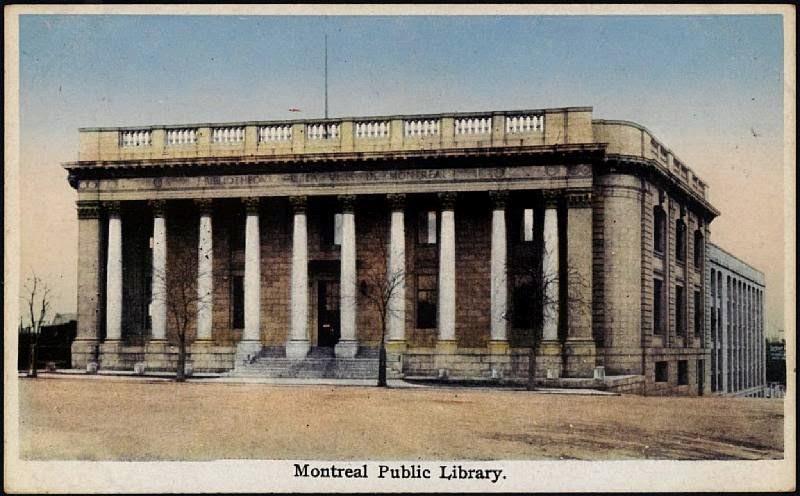
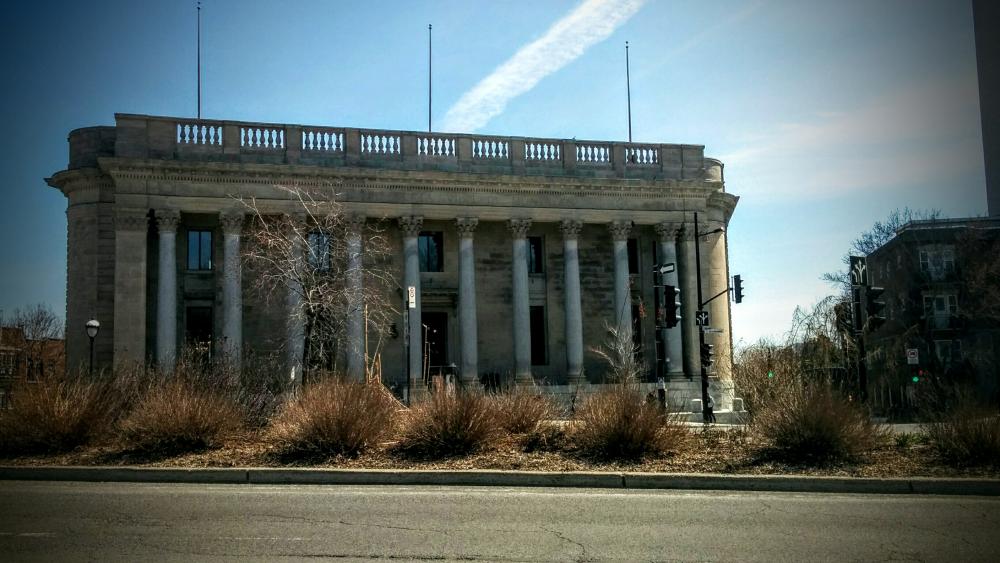
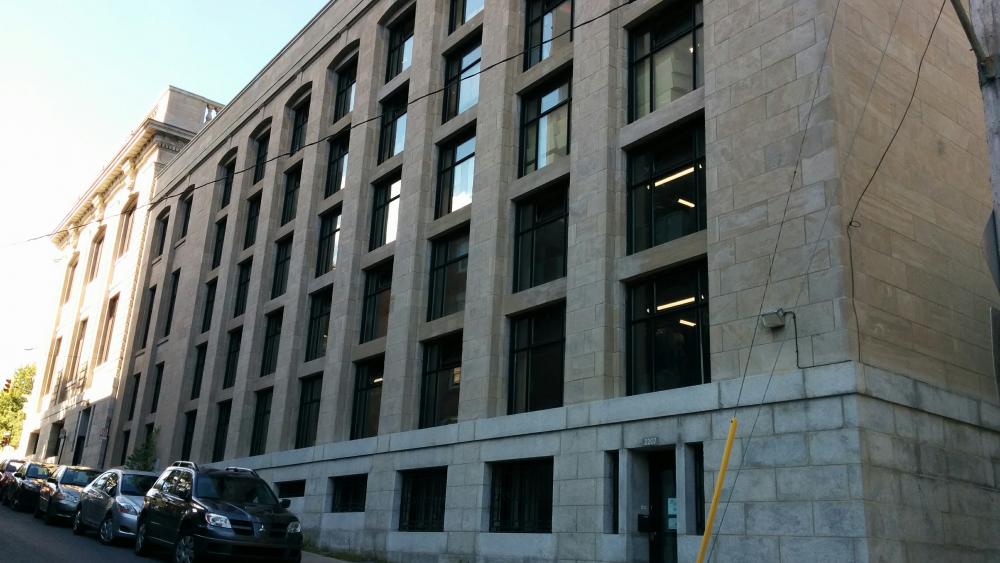
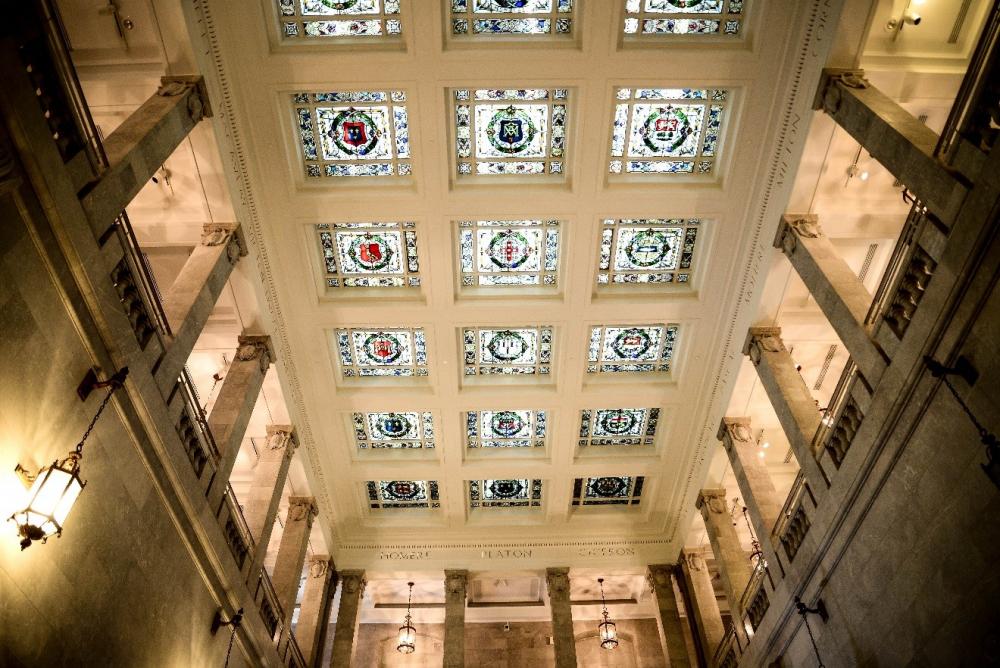
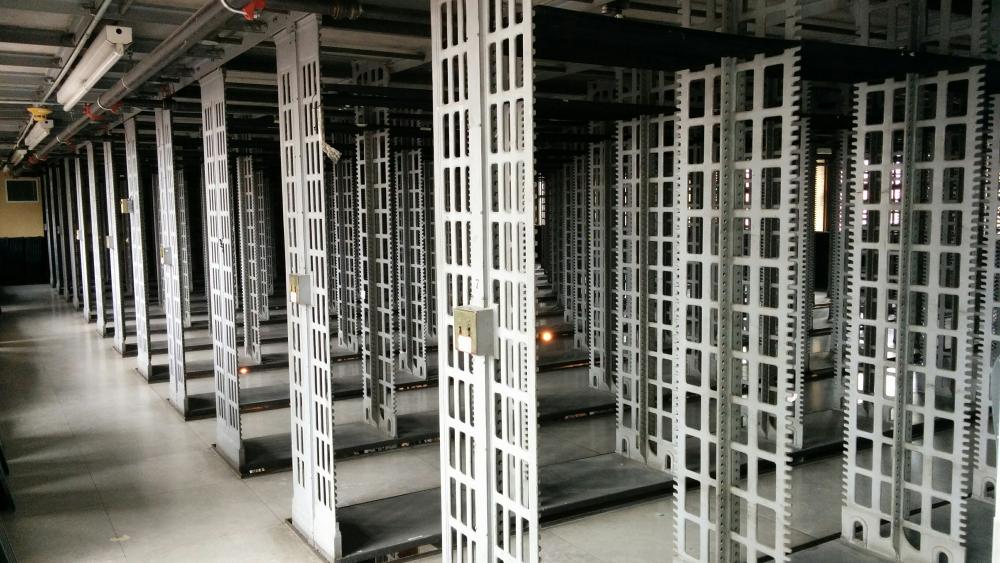

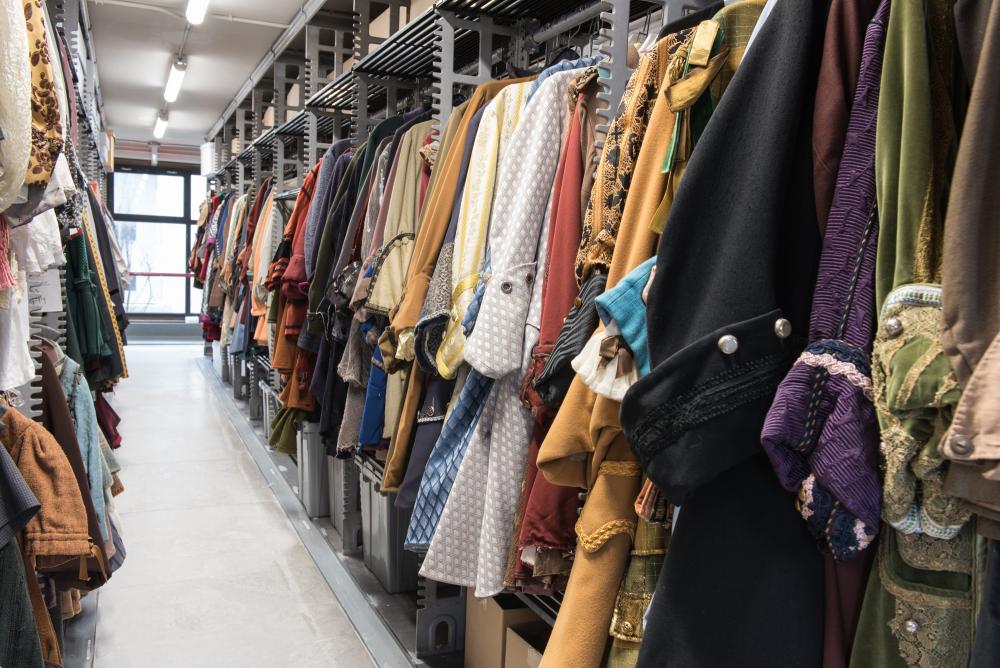
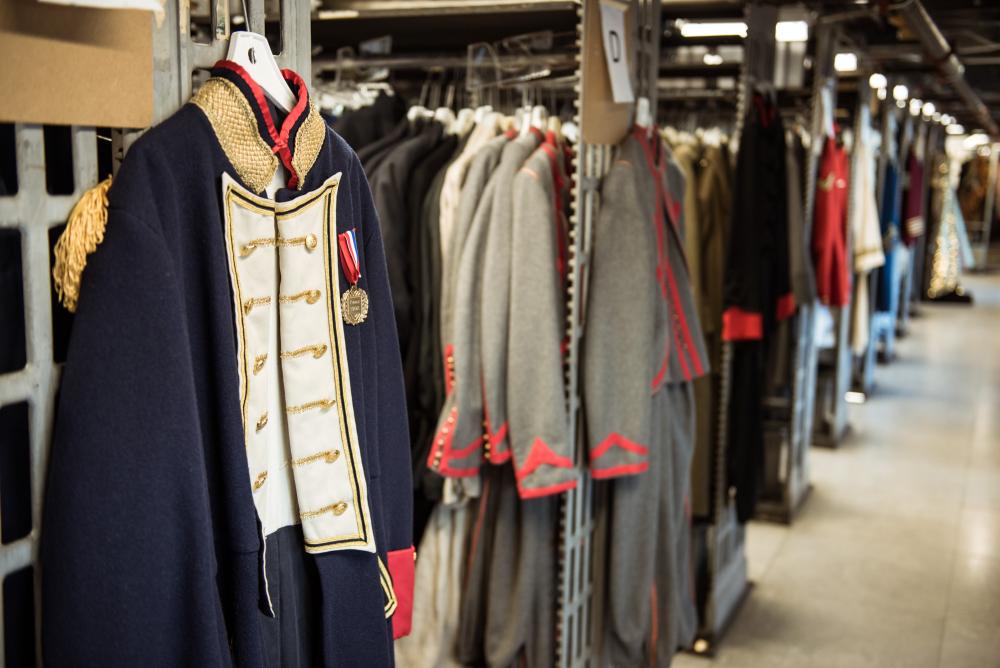
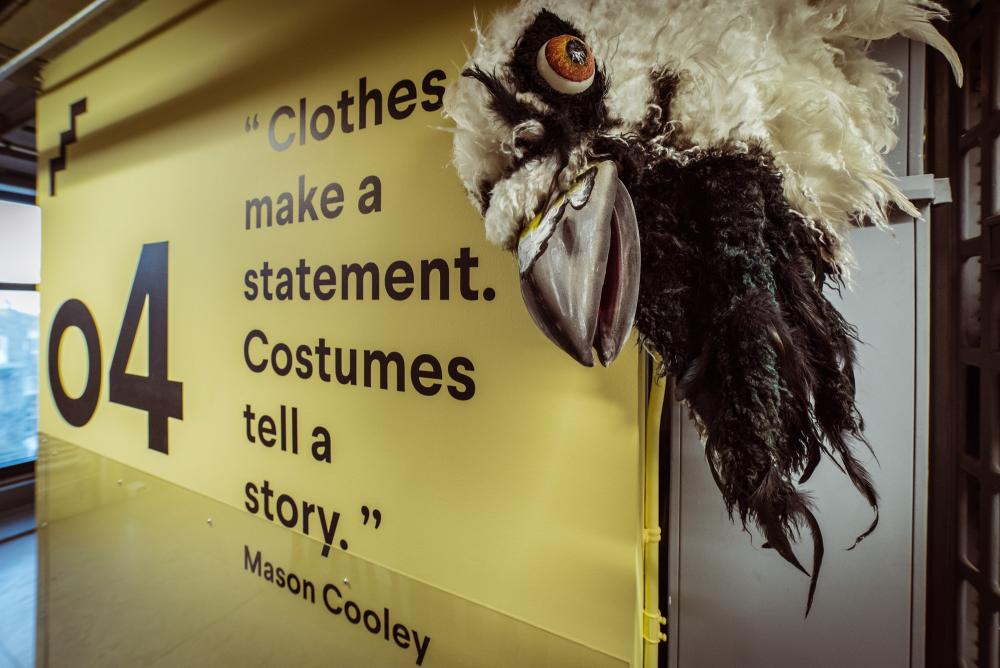
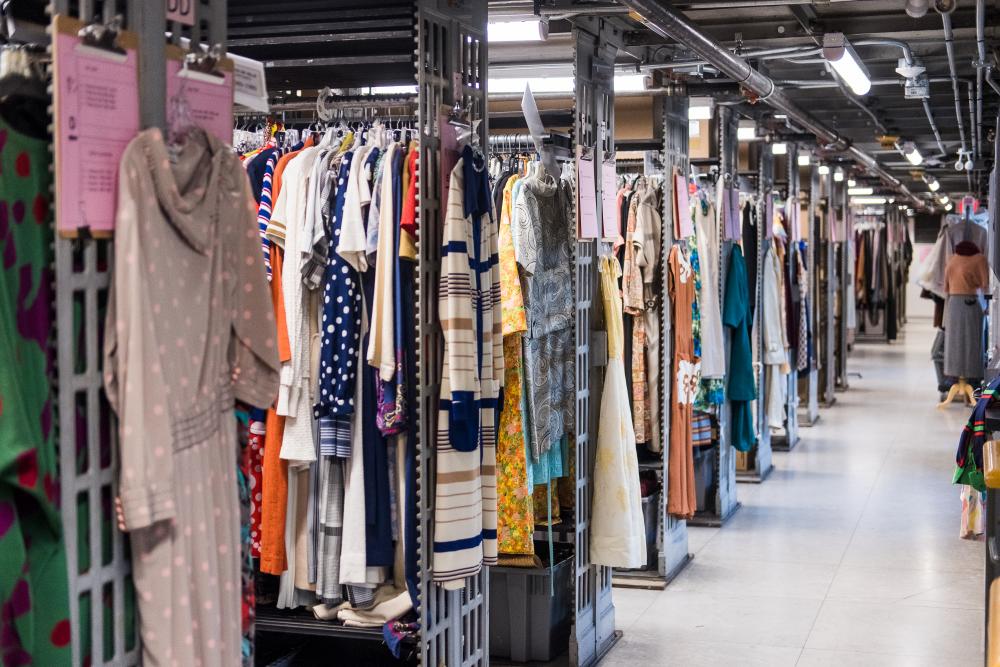


History of the Gaston-Miron Building
Designed by Montréal architect Eugène Payette (1874–1959), the Bibliothèque centrale de Montréal was erected between 1914 and 1917 on Sherbrooke Street East, across from La Fontaine Park. The architect’s works also include the Saint-Sulpice library at 1700 Saint-Denis, and Collège André-Grasset at 1001 Crémazie Street East.
Owned by the City of Montréal since its construction, the building housed the collections of the main and children’s libraries for several decades. In the 1990s, the Government of Quebec and the City of Montréal looked into combining the collections of the Bibliothèque nationale du Québec and Bibliothèque centrale due to a lack of space. This led to the creation of the Bibliothèque et Archives nationales du Québec (BAnQ) in 2006, with the merging of the Bibliothèque nationale du Québec (BNQ) and Archives nationales du Québec (ANQ). The building would house the Bibliothèque centrale’s collections.
The former library closed its doors on March 25, 2005. After major renovation work, the Conseil des arts de Montréal and the Conseil du patrimoine de Montréal moved in, in early 2009. The Conseil des arts de Montréal rents rehearsal studios to cultural organizations in the side wings on the ground floor and uses the atrium as an exhibition space.
The FABG architectural firm preserved and reused a large number of the architectural elements (shelving, chandeliers, tables, reading lamps and more) in designing the different spaces. The atrium kept its original architectural features, in particular its glass panel ceiling and light fixtures. This magnificent space was named after great poet Gaston Miron in 2009.

